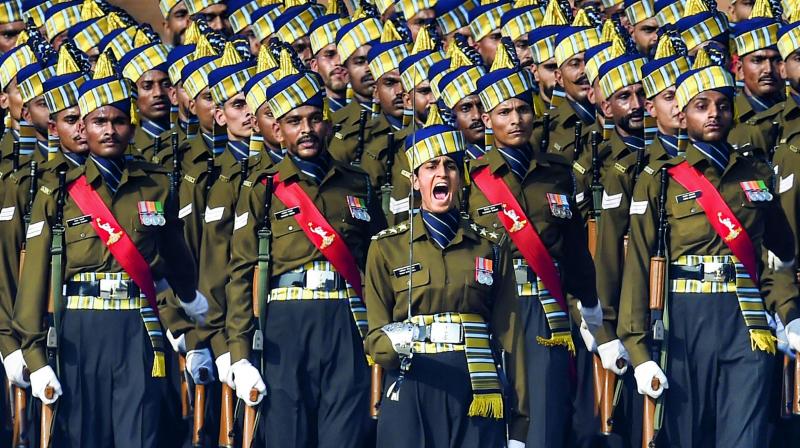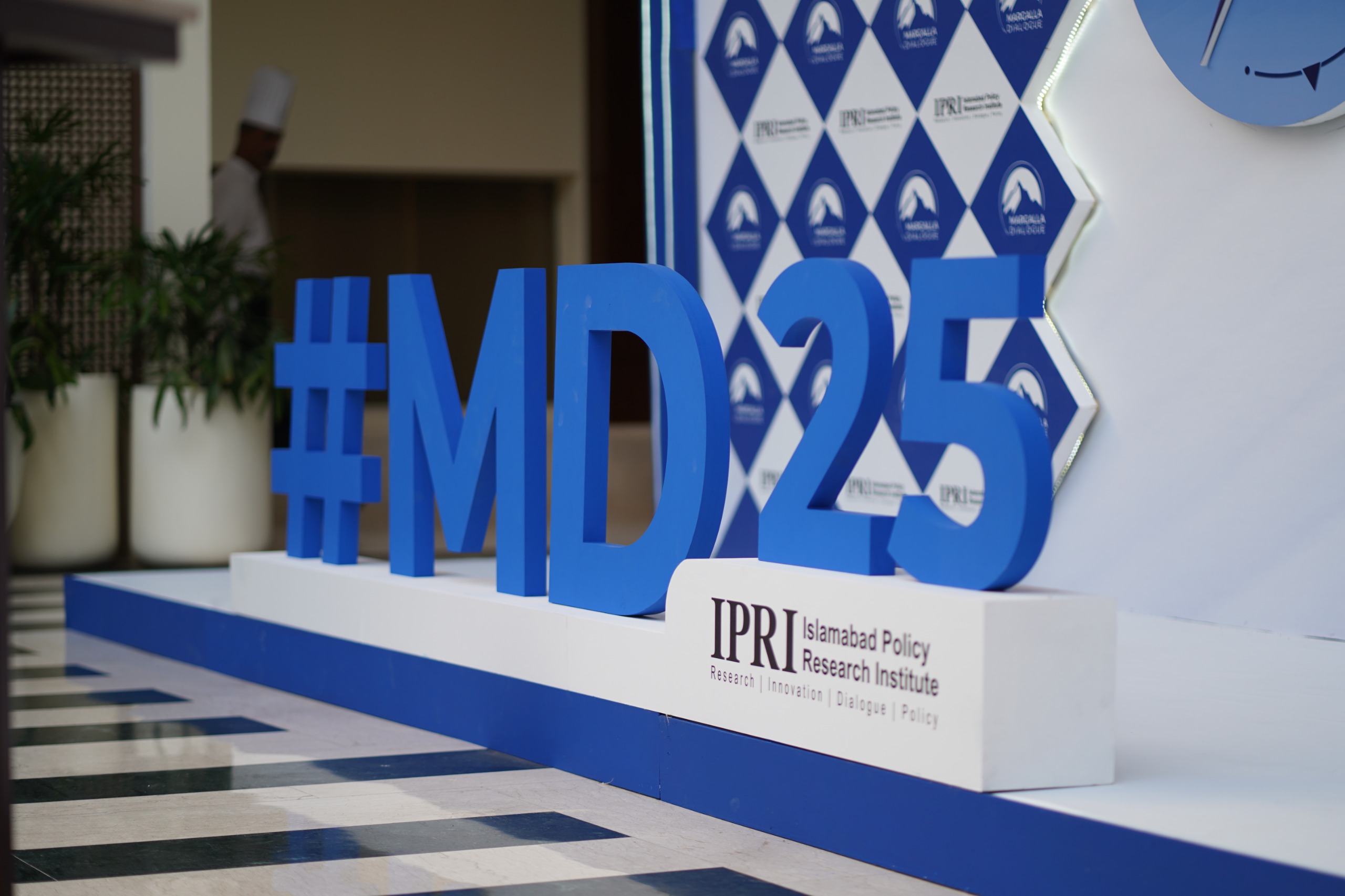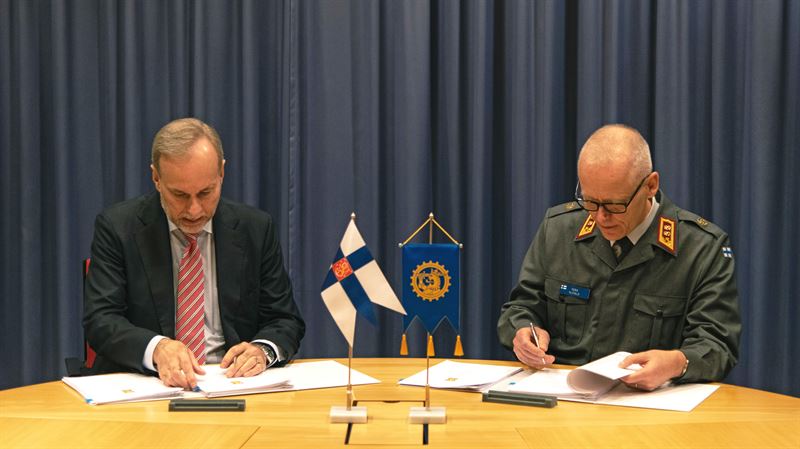The Indian Ocean Region (IOR) is the driving force behind India’s economic and strategic security. This crucial trade route is brimming with economic activity while also holding rich natural resources and acting as a major chokepoint for global trade. However, this marine lifeline faces increasing competition, particularly from China’s assertive moves in the South China Sea. In response, India is flexing its naval muscle, launching an ambitious plan to upgrade its fleet and achieve self-sufficiency in maritime defense. India’s expanding naval might has the potential to destabilize the IOR’s delicate balance, necessitating cautious management to guarantee the region’s long-term stability and prosperity.
India’s Maritime Ambitions: Geopolitical Imperatives in the Indian Ocean Region
The Indian Ocean Region (IOR), a vast expanse of water stretching from Africa’s eastern shores to Indonesia and Australia’s western coast, is a vital economic artery and a complex geopolitical landscape. Beyond its rich marine resources and critical shipping lanes, the IOR boasts unique geographical features that shape its strategic importance. One key aspect is the presence of numerous choke points, narrow passages where a large portion of maritime traffic is concentrated. The Strait of Malacca, nestled between Malaysia and Indonesia, is a prime example. This vital channel carries a significant portion of global trade, making it a potential vulnerability. The Strait of Hormuz, located at the mouth of the Persian Gulf, is another choke point, crucial for oil transportation. The IOR is further defined by key bodies of water like the Arabian Sea, bordering the Arabian Peninsula and the Indian subcontinent. This region is rich in hydrocarbon reserves, making it a valuable source of energy. The Bay of Bengal, indenting the eastern coast of India, is another prominent feature. Understanding these geographical features – the choke points, seas, and bays – provides a deeper understanding of the strategic significance of the Indian Ocean Region. It’s a complex interplay of economic activity, resource wealth, and geographical bottlenecks that fuels India’s focus on developing a robust naval presence.
The South China Sea plays a significant role in India’s naval expansion plans. While the region itself isn’t India’s immediate neighborhood, stability there is crucial for its economic well-being. Over 90% of India’s trade travels through the Indian Ocean Region, which connects to the South China Sea. Therefore, ensuring the free flow of goods throughout these waters is paramount to India’s continued economic growth. By building a powerful navy, India aspires to become a major player in the region, safeguarding its economic interests and maintaining access to vital resources and markets. This focus on maritime security and economic prosperity is a key driver behind India’s investment in its naval capabilities.
Recent Developments in the Indian Navy:
India’s navy is undergoing a significant transformation, with a focus on both expanding its capabilities and achieving self-reliance in maritime defense. The crown jewel of this modernization effort is the INS Vikrant, a domestically built aircraft carrier commissioned in January 2023. This powerful vessel extends India’s reach and influence in the Indian Ocean Region by providing a platform for long-range air operations.
Another key area of focus is Anti-Submarine Warfare (ASW). Recognizing the modern battlefield threat posed by submarines, India has invested in both offensive and defensive ASW capabilities. The recent acquisition of P-8I Poseidon patrol aircraft strengthens their ability to detect and track underwater threats. Additionally, the development of indigenous ASW helicopters and the successful May 1st test of the SMART (Supersonic Missile Assisted Release of Torpedo) system demonstrate India’s commitment to neutralizing this challenge.
But muscle isn’t everything. India is also striving for self-sufficiency in warship construction. This is evident in the ongoing construction of Visakhapatnam-class destroyers at Mazagon Dock Shipbuilders Limited (MDL) and the ambitious goal of achieving complete indigenous warship production by 2040. This self-reliance will not only bolster domestic defense production but also free India from dependence on foreign suppliers.
The commissioning of the first of four new indigenous survey vessels in February 2024 further highlights India’s commitment to domestic innovation. Equipped with advanced technology like the Kongsberg HUGIN AUV, these vessels enhance the Indian Navy’s ability to map and explore the underwater domain, crucial for safeguarding its maritime interests.
India’s naval modernization is a multi-pronged approach. From the powerful INS Vikrant to cutting-edge ASW capabilities and a push for indigenous shipbuilding, India is transforming itself into a major force in the Indian Ocean Region.
Shifting Power Dynamics in the IOR: A Cause for Concern?
India’s burgeoning naval power undoubtedly alters the strategic calculus of the Indian Ocean Region (IOR). It also presents potential challenges that require careful management. A rapidly modernizing Indian Navy, coupled with China’s maritime posture, can create an environment of uncertainty in the IOR. This uncertainty can lead to miscalculations and escalate existing regional tensions. Establishing clear lines of communication and promoting transparency in military exercises can mitigate these risks. An unchecked arms race between India and China can lead to the militarization of the IOR. This would divert resources away from economic development and social welfare programs, potentially destabilizing the region. Confidence-building measures and dialogues focused on arms control could help prevent such an outcome. India’s ambitious naval growth poses a potential challenge to smaller coastal nations within the Indian Ocean Region (IOR). Given India’s assertive and expansive stance, its increasing naval capabilities raise concerns for these littoral states. India’s SSBN program, while intended for deterrence, can contribute to a regional nuclear arms race with Pakistan. This will have catastrophic consequences for the entire region. Upholding international non-proliferation norms and engaging in strategic dialogues on nuclear deterrence are crucial for managing this sensitive issue.
An unchecked and opaque military build-up, particularly given India’s occasional assertive actions on its borders, could fuel a regional arms race and heighten tensions. For a truly stable and prosperous IOR, India must prioritize transparency in its military modernization efforts, engage in constructive dialogues to address regional anxieties, and actively participate in building a cooperative security architecture.
Manahil Jaffer
- This author does not have any more posts.











